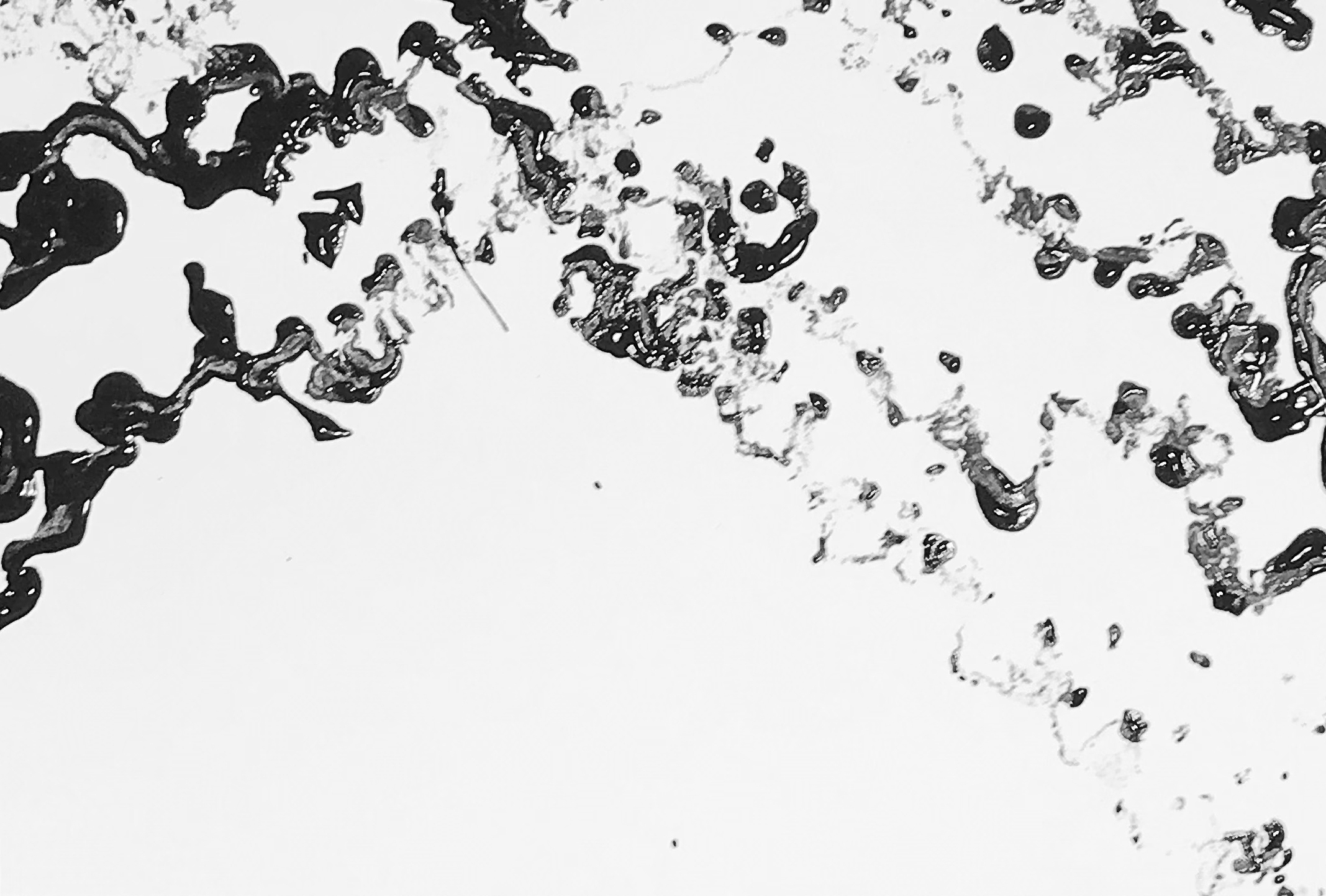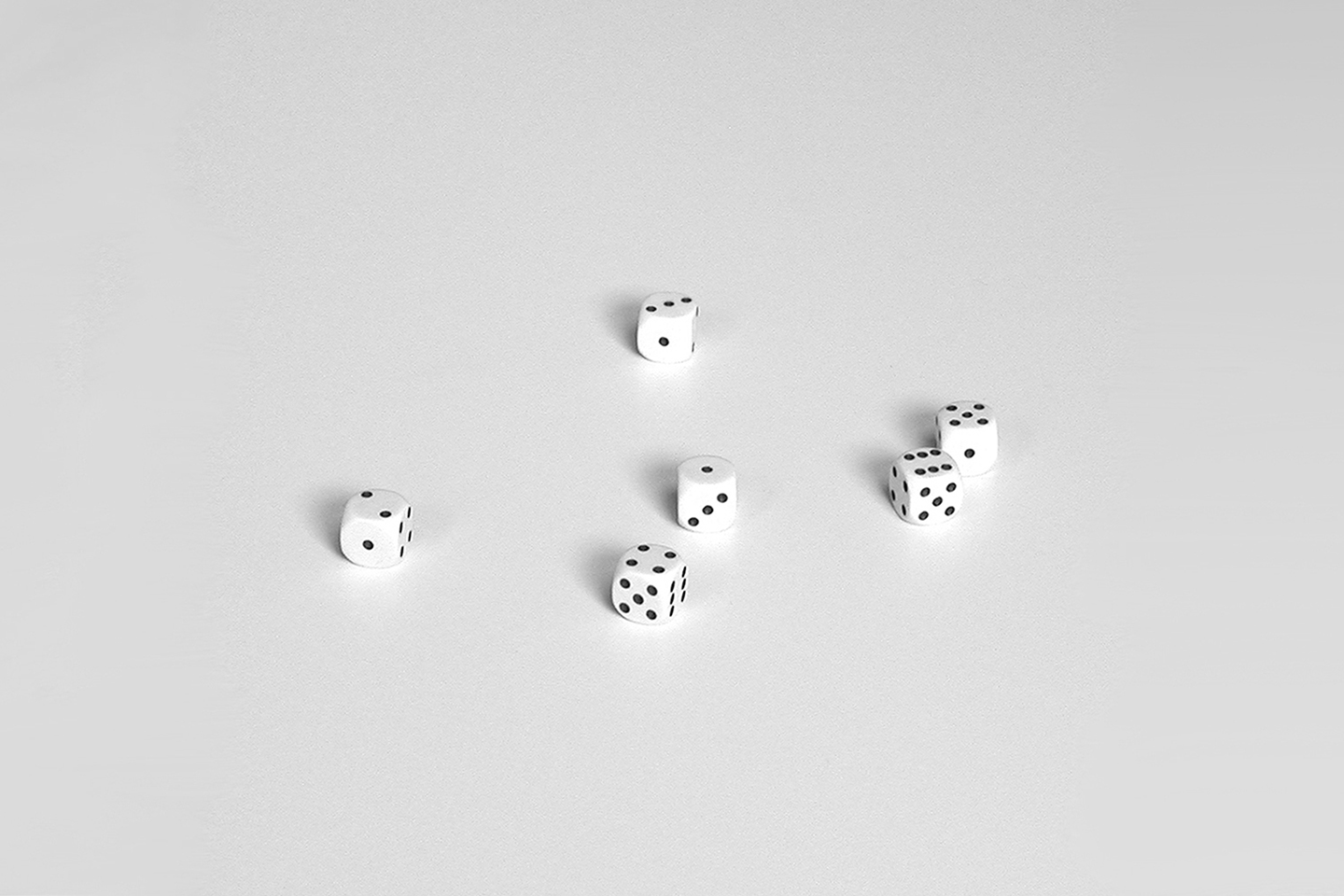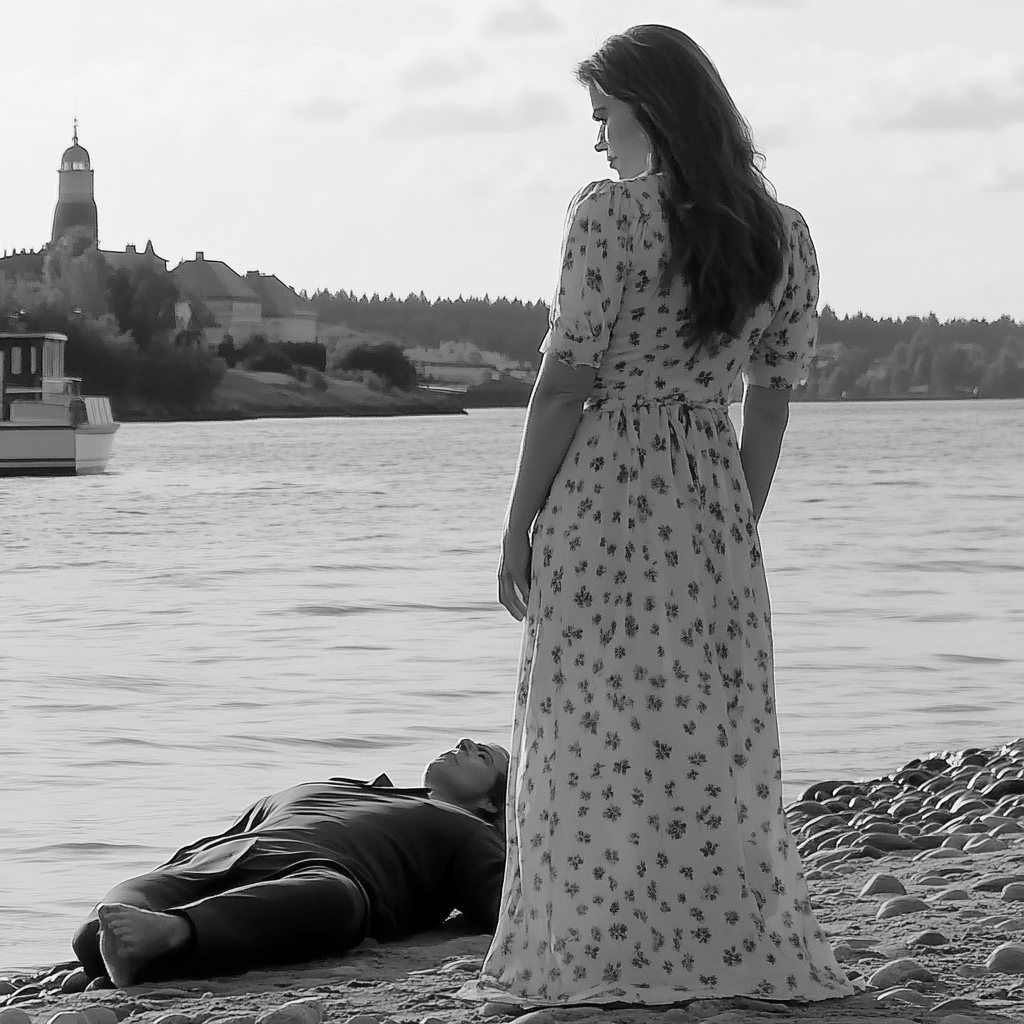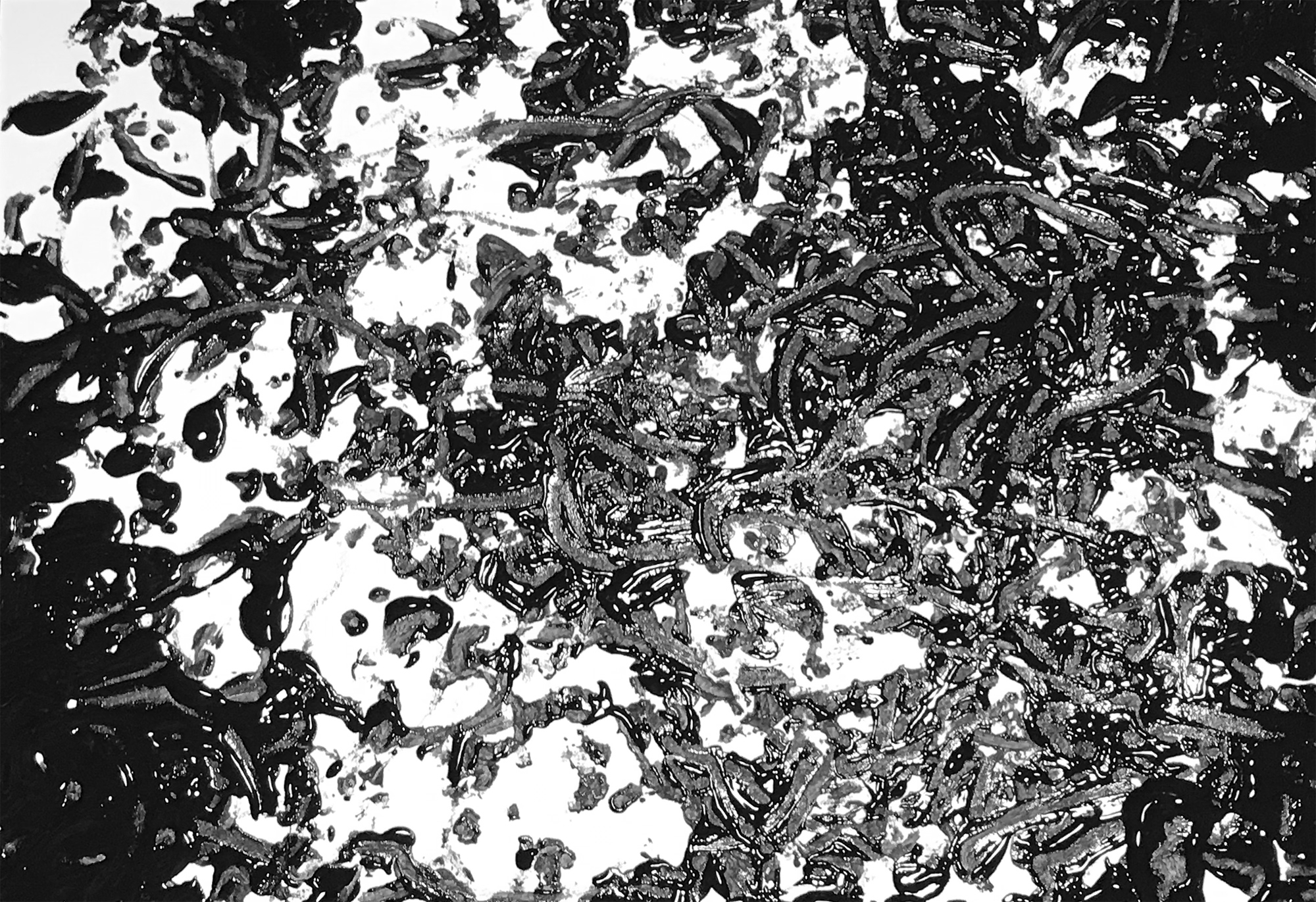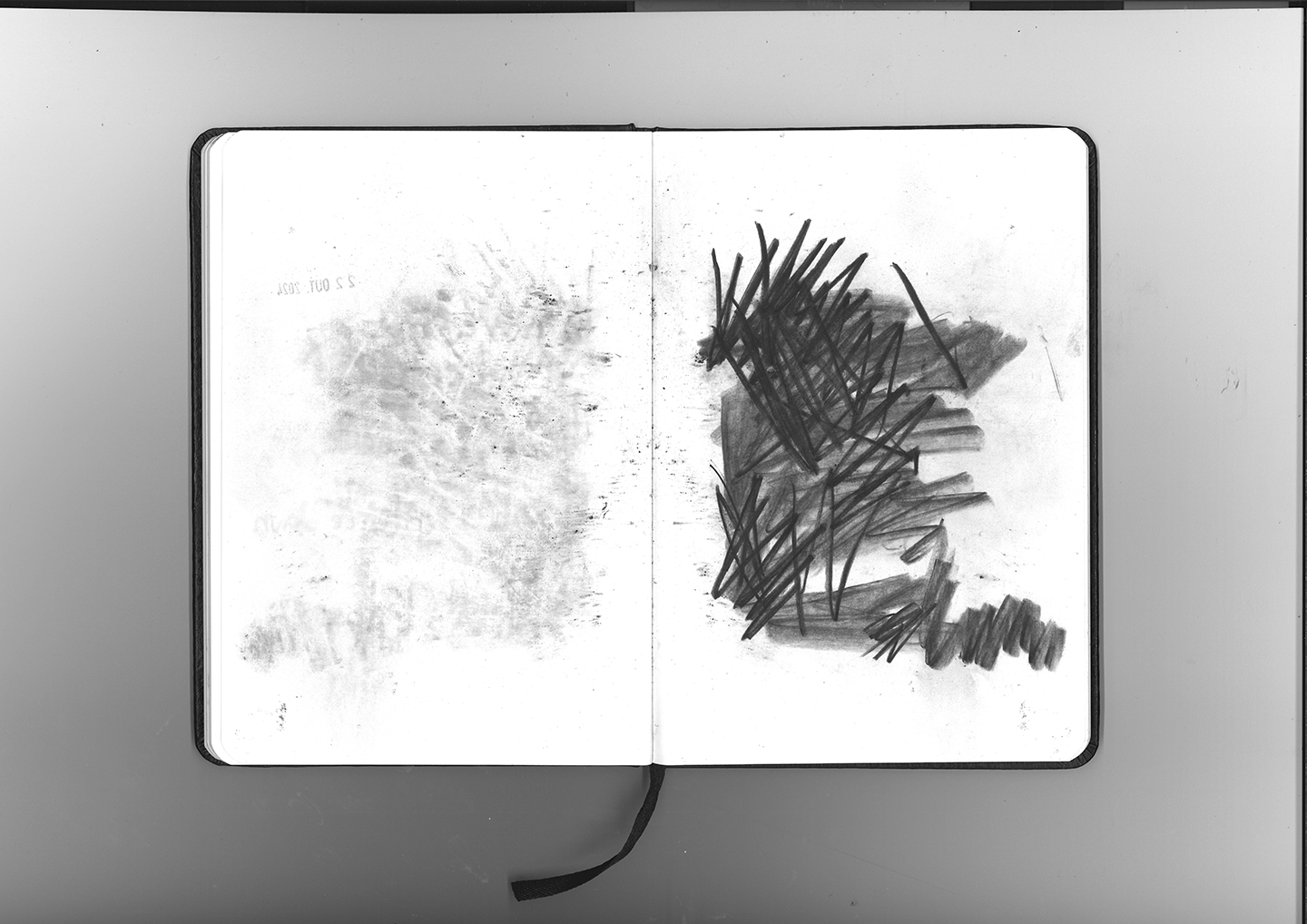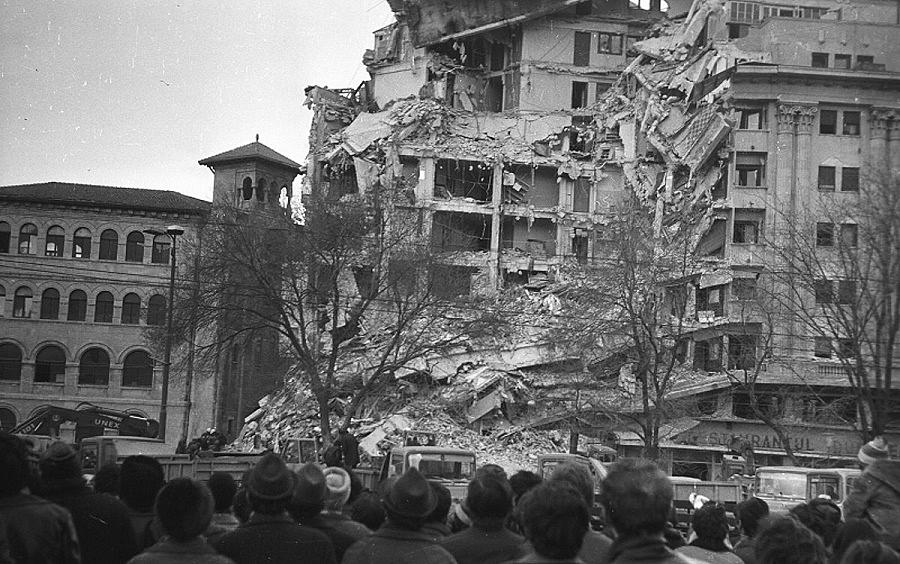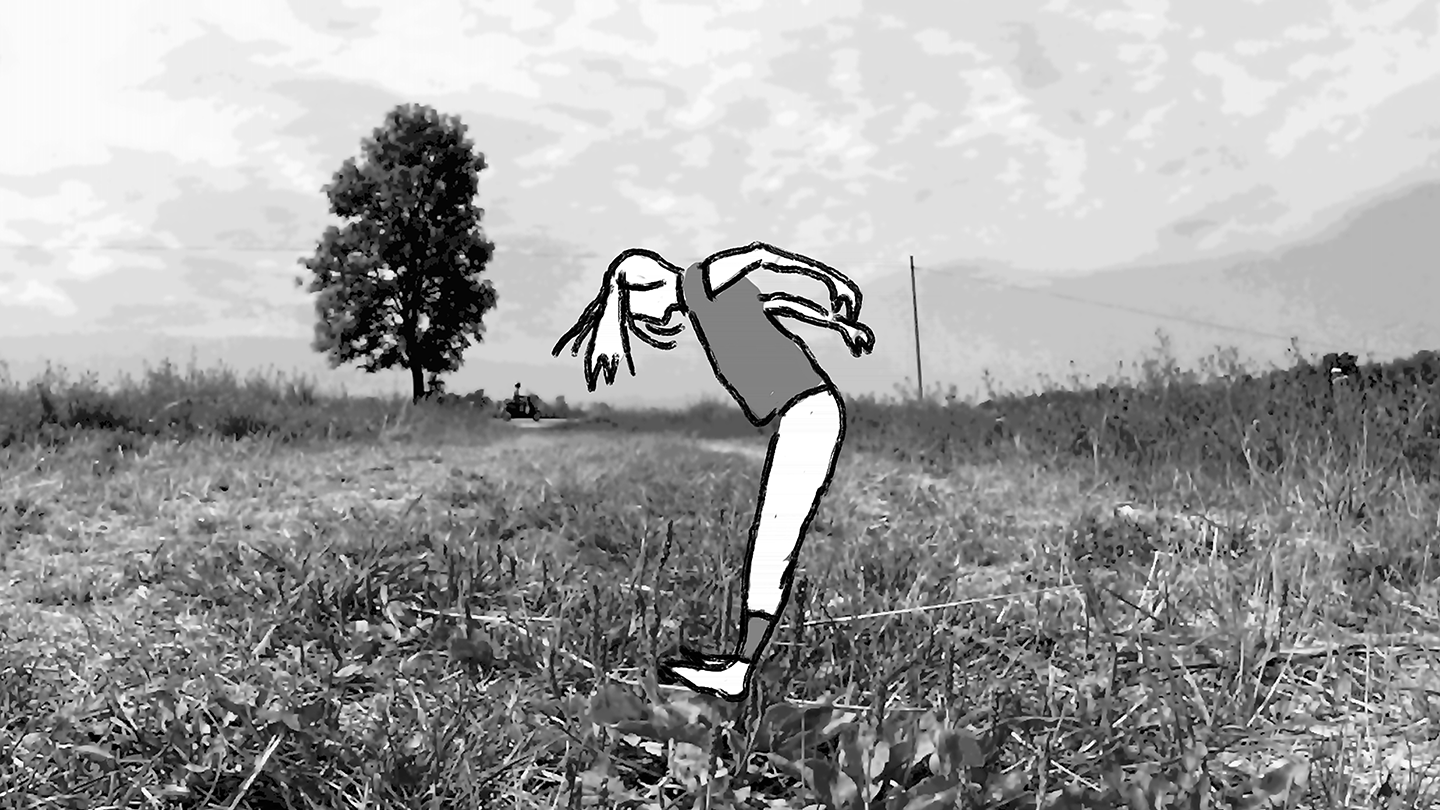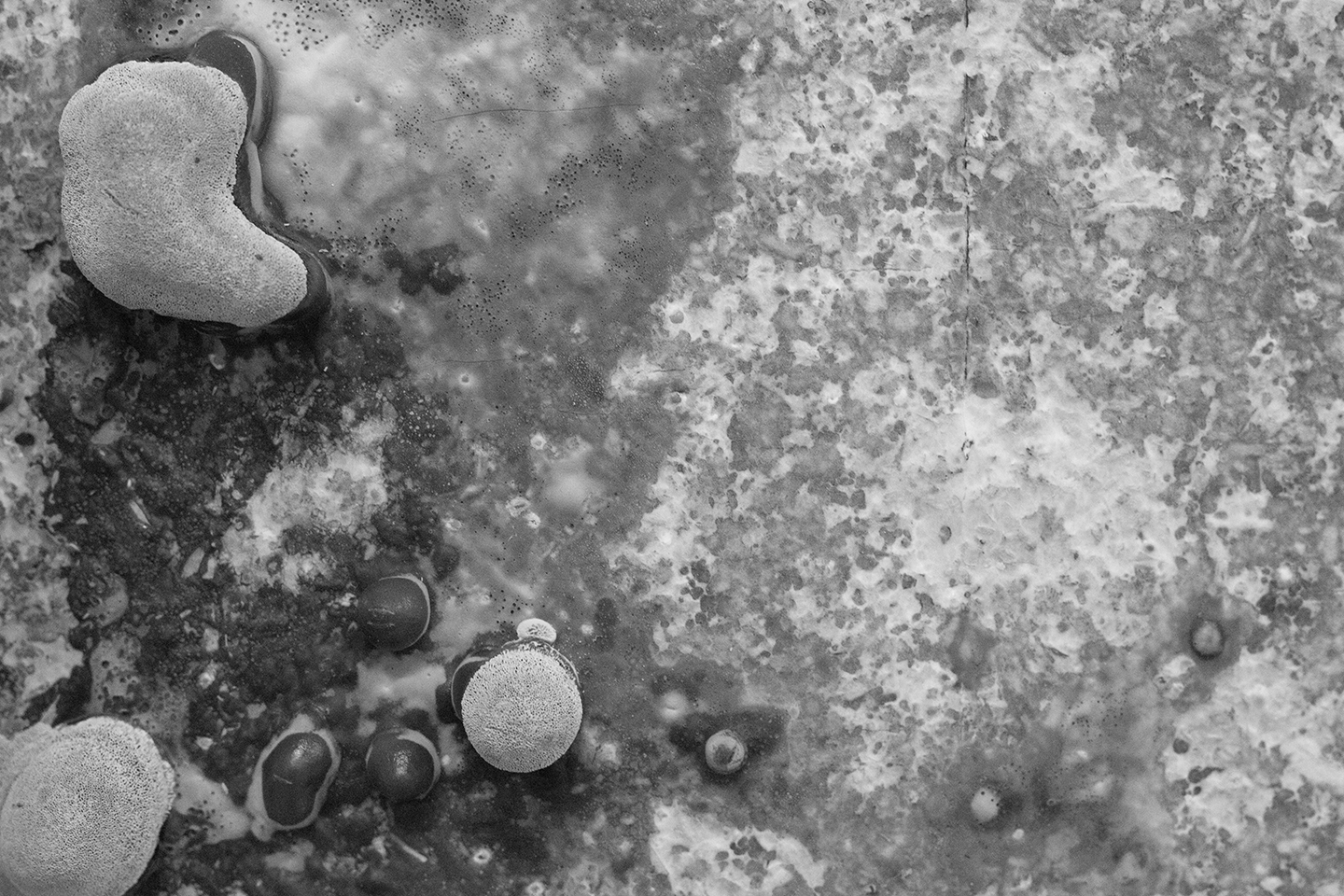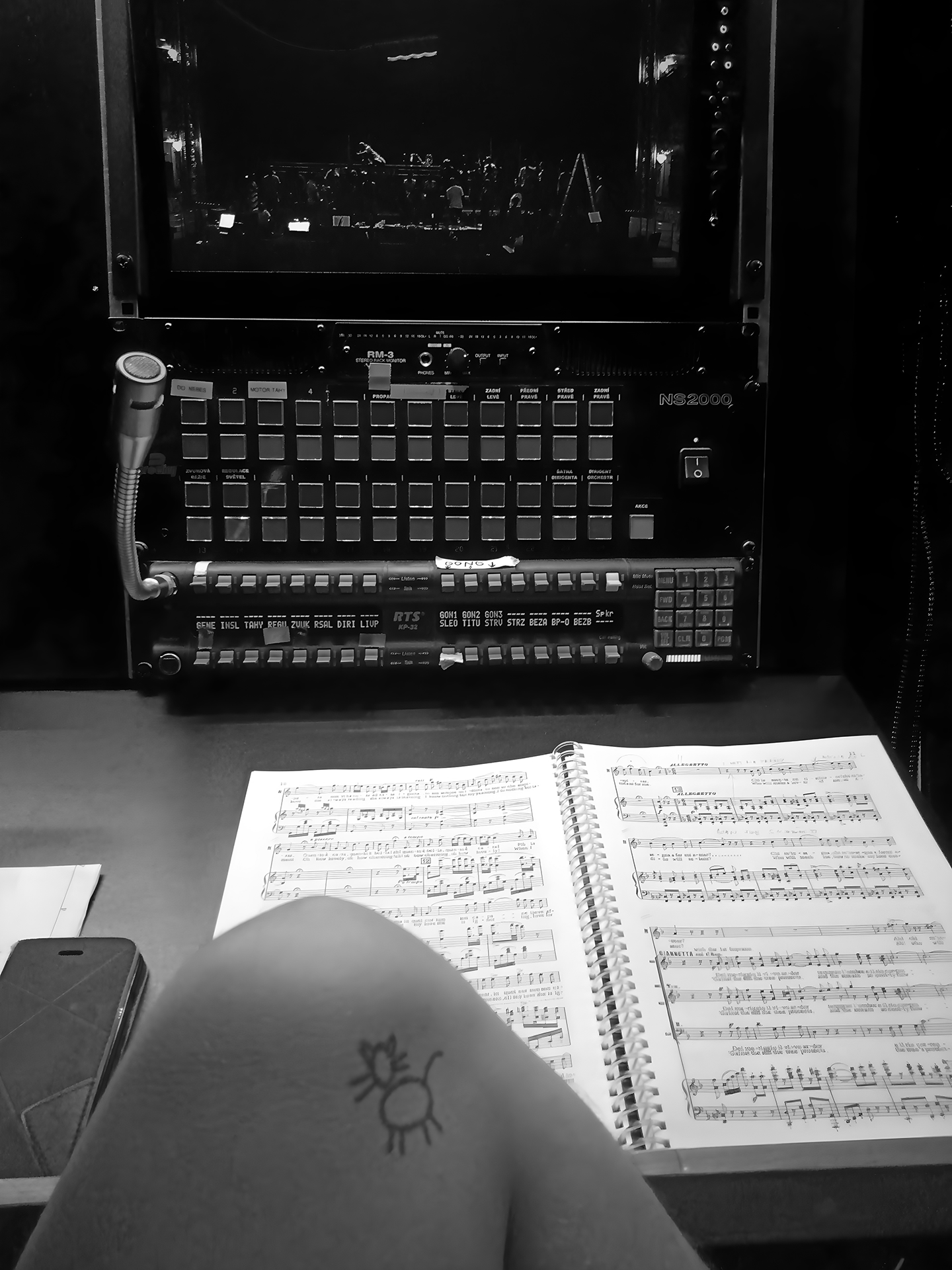VIS Issue 14, The Heart of the Experiment (and the art of failure), was published on 21 October 2025. The issue contains eight expositions with focus on experimental art practices and artistic research where the experiment is the heart of the practice and the specific outcome of the process are not known. Editor is Michael Duch, co-editor Tale Næss.
VIS #14 – THEME: The Heart of the Experiment (and the art of failure)
“I am trying to be unfamiliar with what I’m doing.” ― John Cage
In this edition of VIS, we explore experimental art practices and artistic research where the experiment forms the very heart of the practice - the main pulse of the artwork. That is, where the outcome of the artistic process is unknown, and the final artistic product cannot be predetermined.
In many artistic research projects and proposals, there seems to be a need for a clear and specific artistic outcome even before the project has started. But doesn’t that limit the possibilities within experimental art—where the experiment itself is both the process and, at times, the artwork itself?
Annika Borg is one of the artists featured in this issue, and more specifically her long-term project in which she has been throwing dice 101 times every day since 1994. Building on experimental methods and traditions of indeterminacy from John Cage, Hanne Darboven and others, we gain unique insight into her artworks, processes, and methods. Alexander Skantze uses AI instead of dice, applying a similar approach to indeterminacy as a tool to challenge himself while revisiting the script for the popular TV series Mordene i Sandhamn. AI also plays an important role in the research project Gestaltology in the exposition Gestaltology Encoded by Alessandra di Pisa and Robert Stasinski.
Failure is an essential part of experimentation—as both artistic practice and process—but what does it mean to fail in this context? And how do we understand failure in art and in artistic research? In this issue of VIS, Marcia Nemer reflects on her failure to forget—or is it the failure to remember? Simina Oprescu asks whether seismic activity should be seen as a disaster or as “a speculative site of vibratory instability, adjustment, and relational tension.” Helene Berg explores the movements of the body and how failing at something can generate new ideas.
In some cases, failure is even expected as part of both process and outcome, such as in Tom Johnson’s composition Failing – a very difficult piece for solo string bass. Here, the performer can only keep failing—and failing better, to paraphrase Beckett. In the podcast series Architecture Talks, Mimmi Strömbäck interviews Stefano Boeri, who discusses the importance of failure and his wish to create a university programme dedicated entirely to architectural failures.
Also in this issue of VIS, architect-researcher Elina Koivisto explores how “conducting architectural practice through the framework of feminist spatial practice can provide possibilities for un-learning harmful habits and reaching towards uncertain speculative futures.” And in Ritchie Lux Kramár’s exposition, the operatic prompter plays a central role in the artistic investigation—as “an unseen presence that feeds lines to the performer, ensuring continuity while remaining hidden.”
Like failure, the word improvisation sometimes carries negative connotations in everyday life: we failed at our task, so we had to improvise to solve it. Yet both failure and improvisation can also be seen as positive forces in artistic work. Still, the word failure changes meaning depending on context. In this issue of VIS, our aim is to highlight how failure can function as both a method and an integral part of the process in artistic production and research.
How, then, does the process of experimentation—along with its potential failures—become visible? Can the format or presentation itself shape our understanding of it? And finally, could “mistakes” create a productive disturbance—offering multiple readings and new ways of seeing our material?
Michael Duch, Editor for VIS #14. Co-editor Tale Næss.
VIS Editorial Committee 2025: Behzad Khosravi Noori, Eliot Moleba, Gunhild Mathea Husvik-Olaussen, Tale Næss, Michael Duch, Efva Lilja and Mia Engberg (Magnus Bärtås and Cecilia Roos until December 2024).
Header from the exposition “Gestaltology Encoded ” by Alessandra di Pisa and Robert Stasinski, VIS #14.
